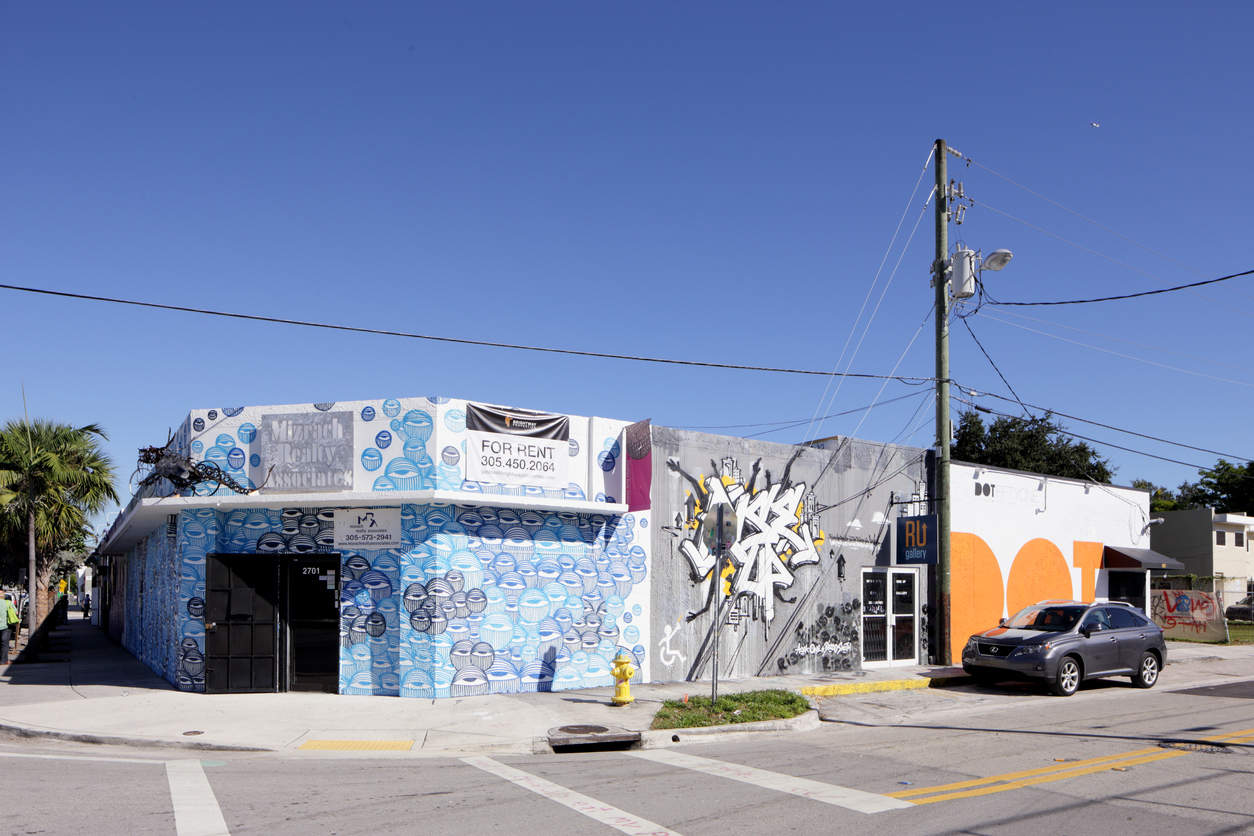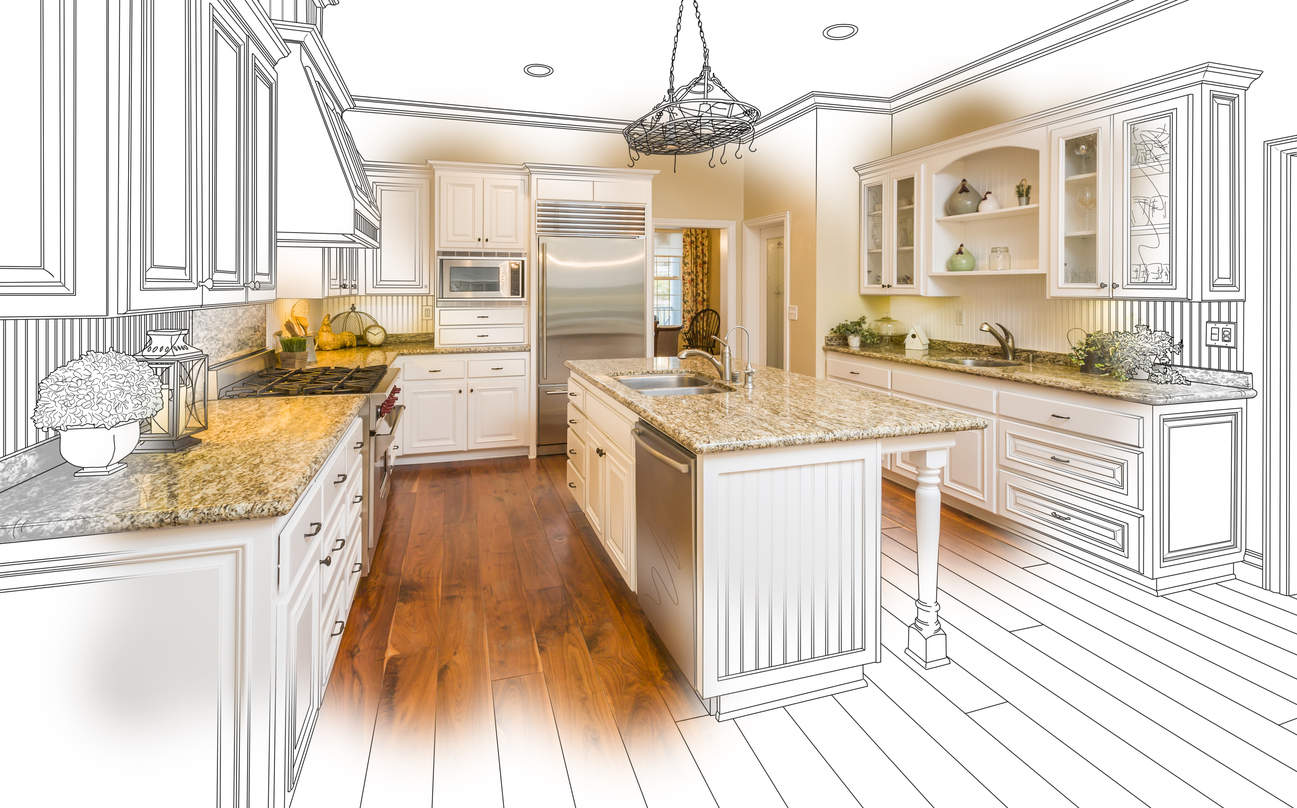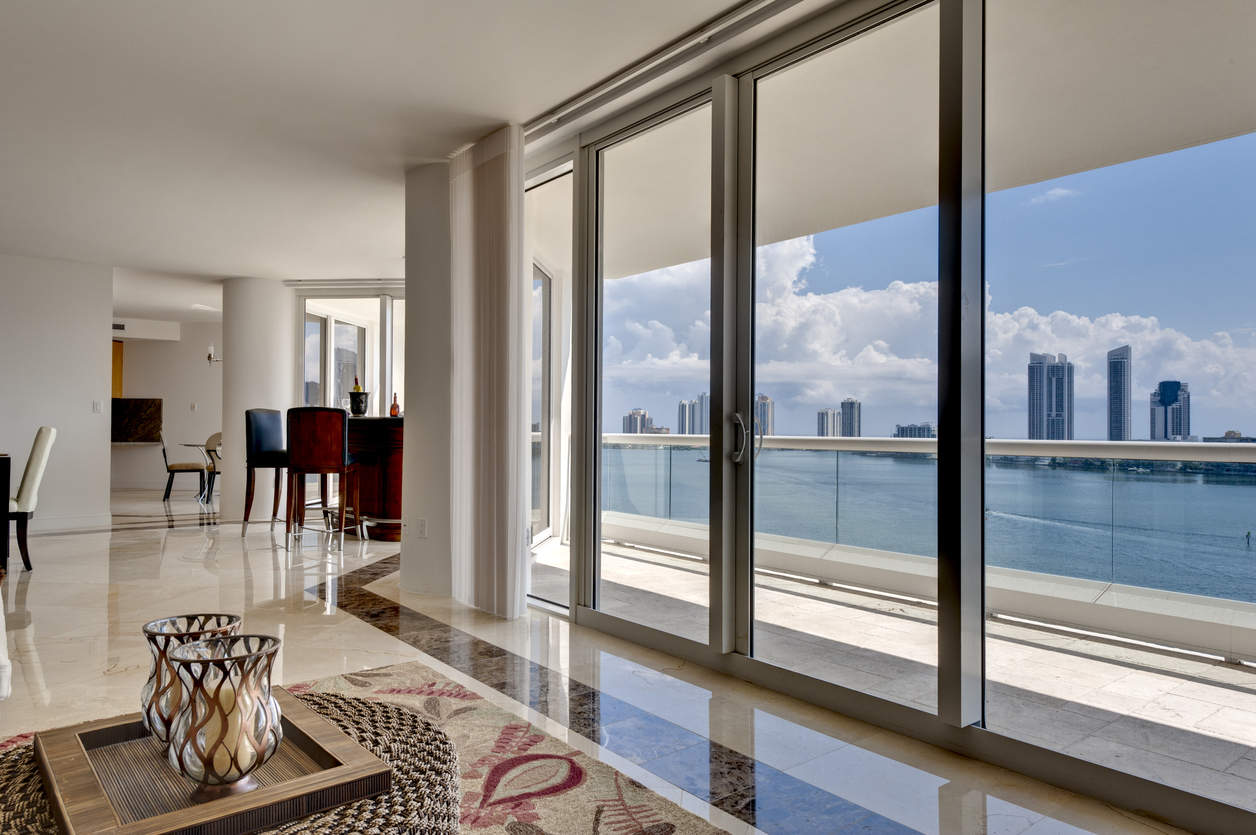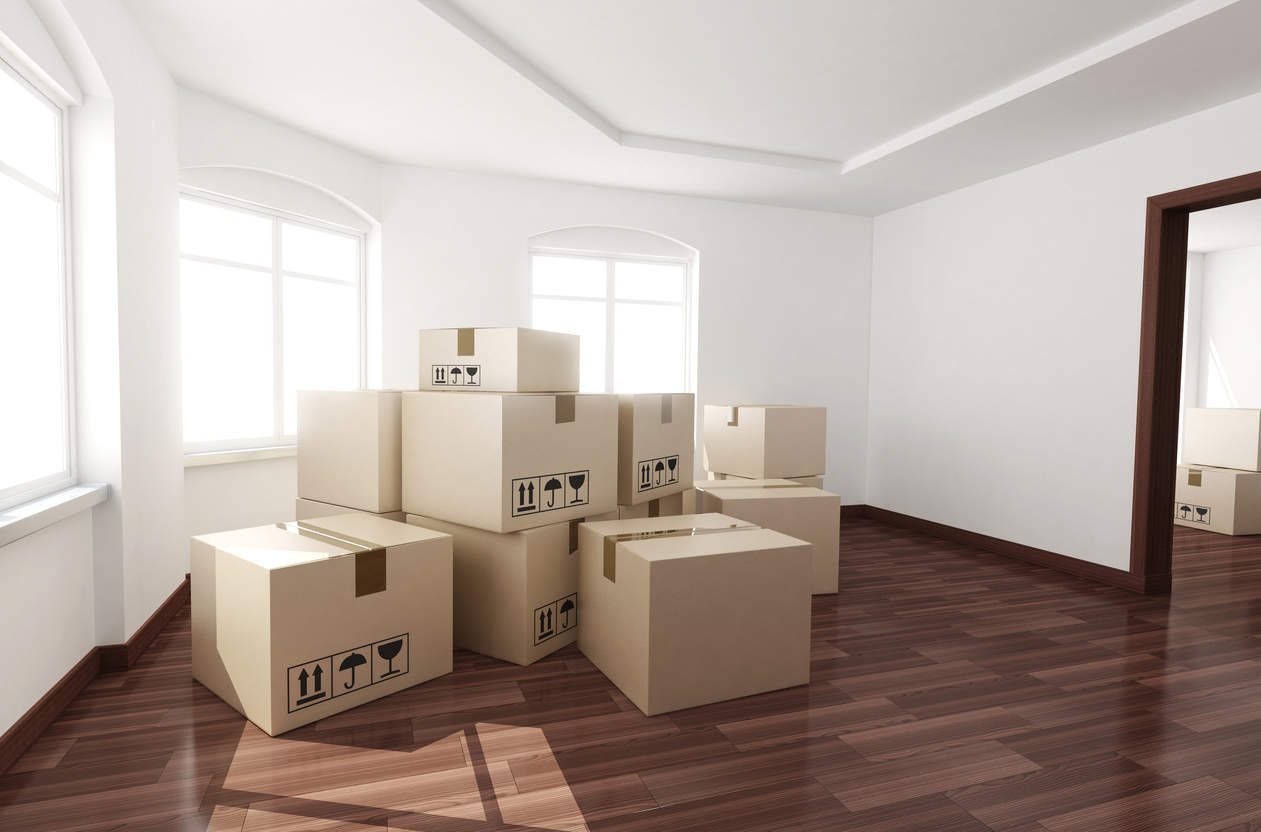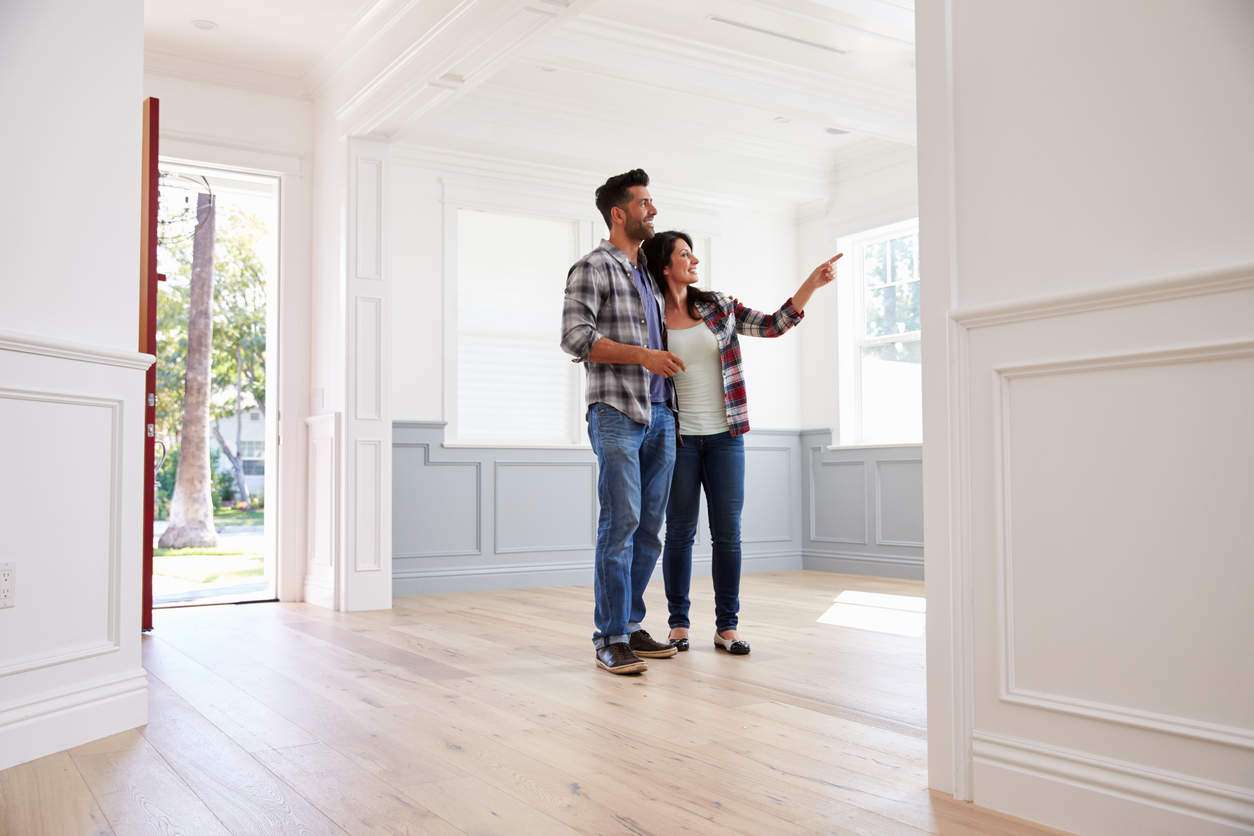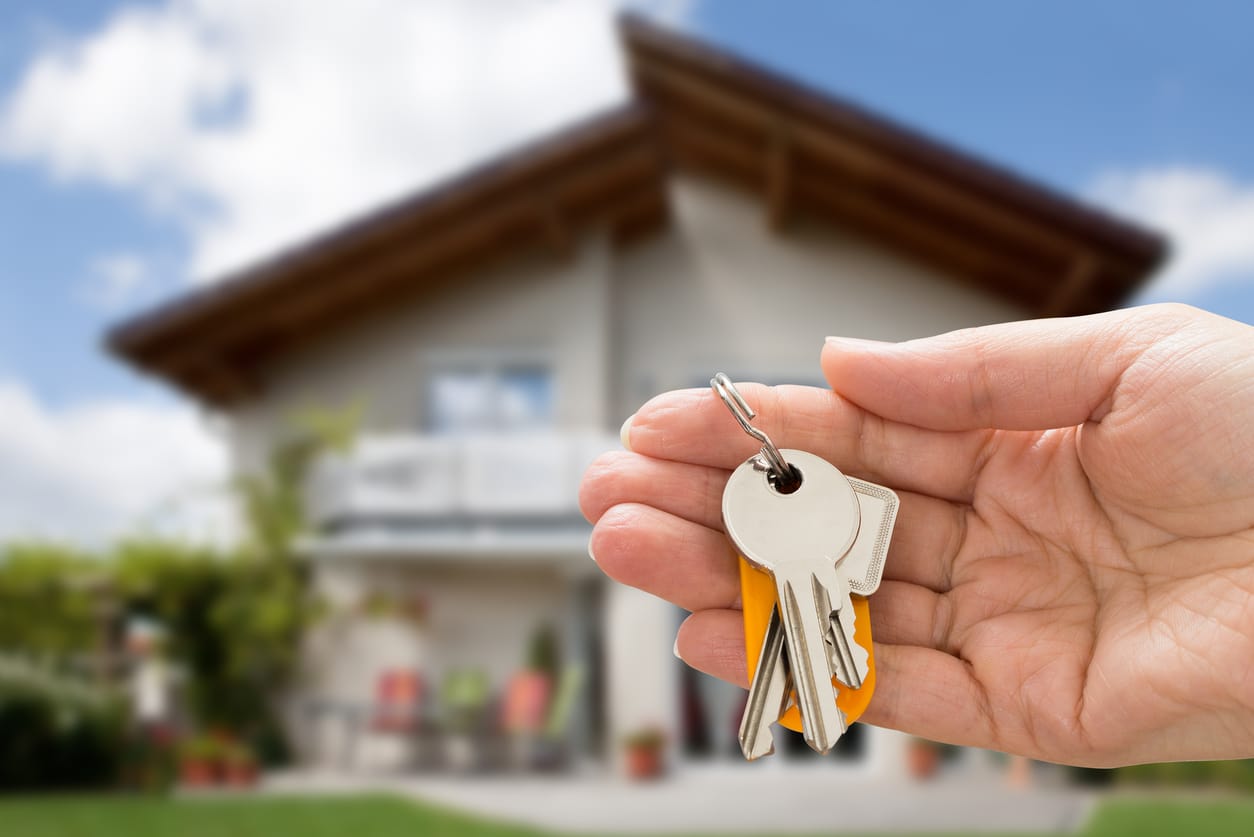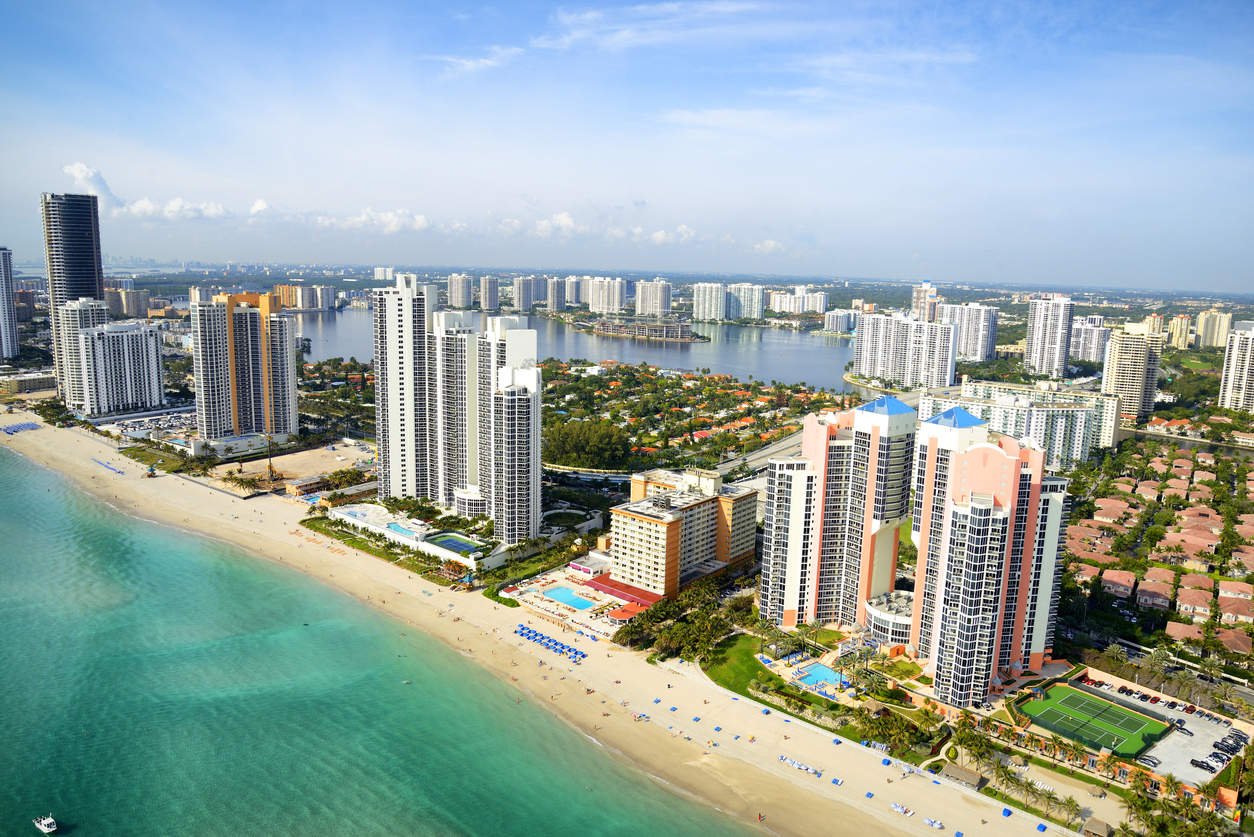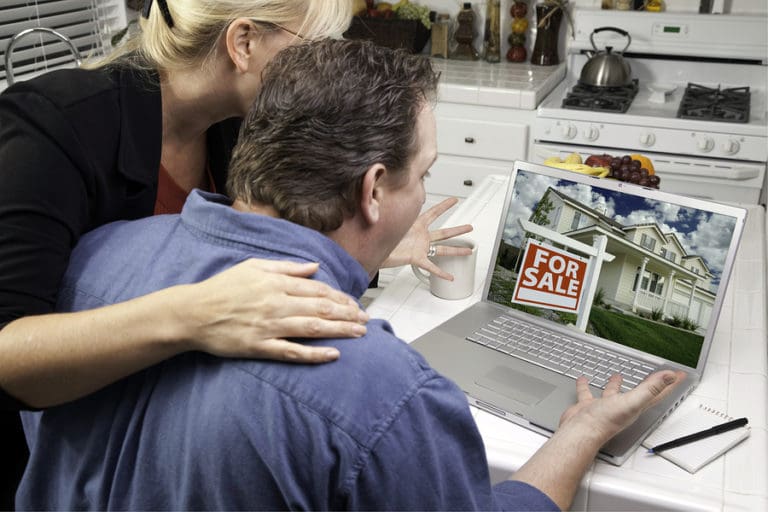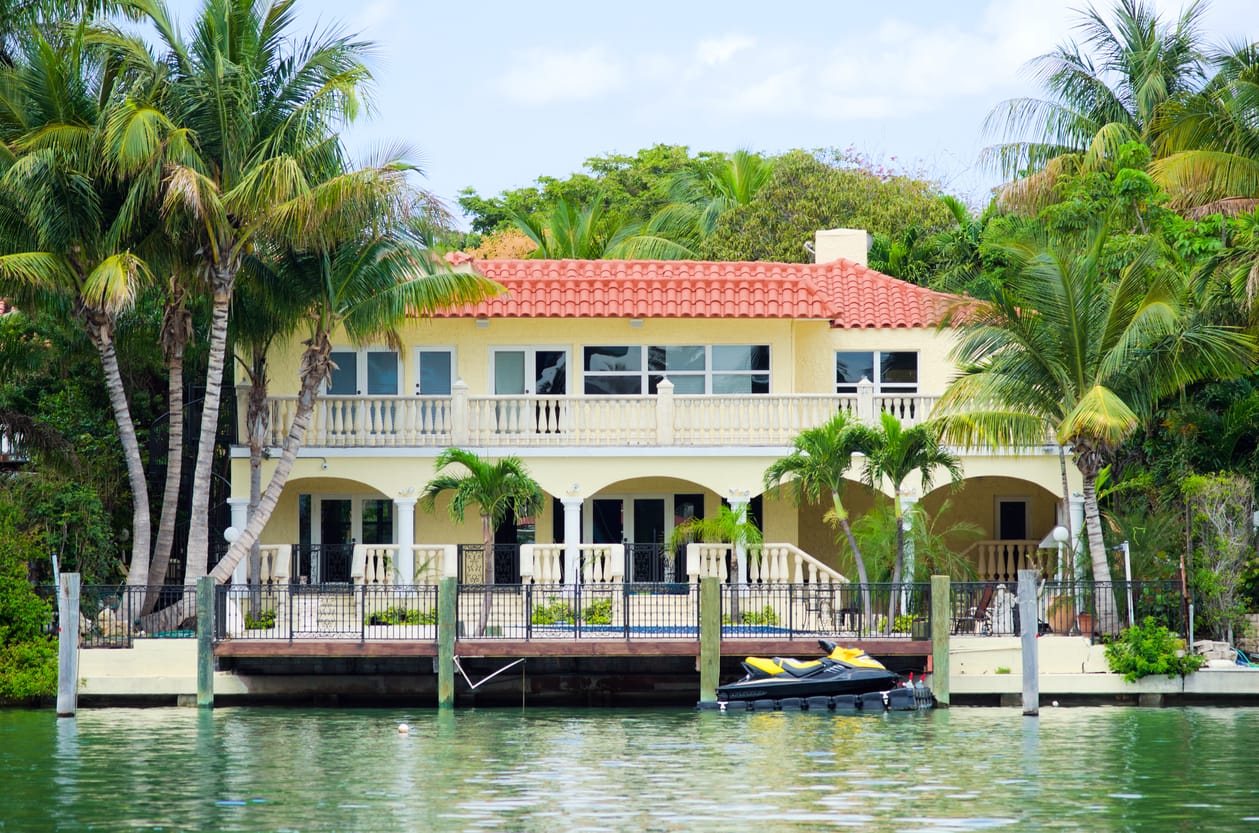Updating or remodeling your kitchen can be a great investment of your home improvement dollars
Especially if you plan to sell your home in the next few years. Remodeling this center-stage space of family gatherings can further enhance its functionality and utility, enabling you to enjoy the heart of your home to the fullest. Here are some of the top kitchen remodeling ideas for 2017, along with their expected costs and the pros and cons of each update.
1. Low-budget Remodel – Do It Yourself can be a Viable Approach here
A kitchen remodel can be done on a shoe-string budget. Just update one part at a time as the budget allows. You can do some or all of the work yourself, in some cases, if you are handy and have the necessary time and desire to get your hands dirty. Otherwise, an investment of $20,000 will buy a minor kitchen remodel completed by a professional remodeling contractor, but doing some of the work yourself can also bring that price down quite a bit. A minor kitchen remodel could include, but doesn’t have to be limited to the following:
- Refinishing cupboards
- Replacing outdated appliances with new, more energy-efficient appliances
- New paint or wallpaper
- New faucet
- New countertops
- New but inexpensive flooring
New countertops don’t necessarily have to be expensive. Even a new laminate countertop, which is fairly inexpensive, can make a huge difference. Decide what needs to be done, figure out the cost and have that one part done, or do it yourself, when your paycheck can cover it. – This remodeling approach could take a while, but eventually, you’ll have a beautifully updated kitchen and won’t be too broke to buy groceries.
- In 2017, a minor kitchen remodel will give you an ROI or recouped value of investment of about 83%. Thus, a $20,000 kitchen remodel should add about $16,500 to the value of your home.
2. Refinish the Cupboards
Give your kitchen a face-lift by refinishing the cupboards and drawer fronts instead of replacing them. New pulls and knobs will complete the look. This is fairly inexpensive and you will be amazed at the difference it makes. You can save even more money by doing it yourself but, be forewarned, it is not as easy as it seems. If the cupboards are in good shape and do not have lots of grooves or intricate carving, it is pretty straightforward. The job will take time, elbow grease and paint that costs about $30 to $60 per gallon plus $10 to $25 for new pulls and knobs. However, the cupboards will almost certainly look better if you have the refinishing done professionally. Plan to pay between $800 and $5,000, depending on the number of cabinets and how much repair needs to be done. The average cost is around $2,500.
- Investing $2,500 in cupboards will add about $2,000 to the value of your home.
3. Reface those Cabinets
Have the cabinets refaced instead of replacing them if the doors and fronts are too damaged to refinish or if you just want a completely new look. This must be done by a professional. It generally costs between $2,000 and $13,000. When cupboards are refaced, the doors, drawer fronts and the actual veneer or wood finish on the outside of the cupboards is replaced. There are a few up-sides to refacing, as opposed to replacing:
- Refacing costs less.
- You regain the use of your kitchen more quickly.
- You don’t have to deal with the hassle of new cupboards that don’t fit.
Even though this option is more expensive than refinishing, it will be worth it if your cupboards are old and outdated. They will look brand new.
- The ROI for a $5,000 refacing will be about $4,000 and a big wow factor that you get to enjoy every time you go into the kitchen.
4. Refinish Walls
New paint or wallpaper, along with the refinished cupboards, will leave your kitchen looking fresh and brand new. You can do this yourself, of course, or hire a professional. If you hire a professional to paint, plan on spending between $400 and $1,000, depending on the size of the room. Having wallpaper installed by a professional will generally cost between $150 and $800. Doing it yourself is much cheaper but painting or hanging wallpaper in between the cupboards can be tricky.
- This minor investment may not give you much in the way of ROI but it will probably help sell your home more quickly. Think of this as curb appeal for your kitchen.
5. Replace Flooring
Replace the kitchen flooring with cork or vinyl tiles. These materials are inexpensive and easy to put down yourself in most kitchens. Cork tiles cost around $3 to $6 per square, while vinyl tiles are $1.50 to $4 per square foot. There are some pros and cons to consider here.
Pros:
- Inexpensive.
- Easy DIY project in most kitchens.
Cons:
- Not usually a very long-lasting flooring, although some come with a 25-year warranty.
- Existing flooring may need to be removed or underlayment might be required.
New flooring makes a big difference. The floor is the largest surface area in your kitchen and the first thing you see before you even enter the room.
- The ROI on $500 worth of new flooring won’t add to your home value but it will make a big impression on prospective buyers.
6. Mid-Range Kitchen Remodel
Larger, total kitchen remodels generally cost between $20,000 and $40,000 and entail a complete tear-out of the old … well, everything. Consider all possibilities and come up with a plan before the work begins. Give plenty of thought to what works best for you in addition to what materials you want. Keep in mind that this room must be built for function, not just aesthetics.
Let your intentions guide your remodeling plans. Return on investment for kitchens is generally only 60 to 80 percent, although this varies considerably from area to area. This means you will likely only recoup a little over half to three-quarters of what you invest in most locations. It may, however, help your house sell more quickly. If you are remodeling to sell, keep the colors and materials on the neutral side. A prospective buyer may be turned off by too much bright purple.
- The national average ROI on a minor kitchen remodel is 82.7% but in Chicago it is 102.9%. You should only expect to recoup about 59% of the cost on a major remodel.
7. Small Kitchen Planning
Even though a small kitchen may seem like an easier remodel than a large kitchen, you actually may need to get a bit more creative. Small kitchens can be difficult. Rip out the old cupboards and appliances in your mind and let your creative juices flow. Imagine the cupboards, sink and appliances in every possible configuration to get the most out of the limited space. Plumbing can be moved. It will cost an additional $1,000 to $1,500 or so but that extra cost may be well worth it in the long run. Keep the kitchen sink in front of the window, if possible. Use cupboards that extend all the way to the ceiling to get as much storage space as possible.
- Spending $25,000 will add about $20,675 to the value of your home. Do not invest too much. You could add more value to the home than the area housing market will support. Rule of thumb – do not spend more than 5% to 7% of the home’s value on remodeling.
8. Make a Small Kitchen Seem Larger
Use lighter colors to make the space seem larger and more airy. White or beige cupboards, a light counter top and light flooring will make a small kitchen feel less confining. If you think white is too boring or antiseptic looking, get a glass front panel installed on one or two cupboard doors and add a splash of color inside the cabinet. Don’t be afraid to really express yourself with the color. It will be toned down a bit by the white frame and glass. Of course, if you paint it bright purple and decide that’s a bit too much, it’s a small DIY job to just re-paint it a different color.
- ROI on this upgrade is two-fold. It will add “curb appeal” and you should recoup 60% to 80% of the money invested.
9. Create Temporary Surfaces
Get a cupboard with a folding or pull-out shelf. This adds temporary space that you can use to make food prep easier. When you are done with it, just wipe it off and push it out of the way. You can also get a flat surface or cutting board to set over your sink for additional temporary counter space.
- This creative addition of prep space will make life easier for you and impress prospective homeowners. The ROI will be a better functioning kitchen for you and appeal.
10. Utilize Every Inch
Squeeze a narrow cupboard in next to the stove, if possible. These cupboards are generally used to store shallow pans and cookie sheets vertically. Some of them have a slide-out spice rack, too. Even if the cupboard can be only 9 inches wide, that gives you additional storage space and a 10-inch wide counter next to the stove for an additional $150 to $200.
- ROI on this little addition of cupboard and counter space is convenience and “curb appeal.”
11. Open it Up
To improve air circulation and get more counter space, have a pass-through put into the wall between the kitchen and dining room with a countertop surface to set things on. Another option is removing a wall or partial wall completely and adding a cupboard with a countertop. The cost for a pass-through installation or wall removal will vary considerably, depending on whether or not the wall is load bearing, but it is certainly worth investigating. This absolutely must be done by a professional, though. If you mess with a load-bearing wall, your entire house could be compromised. Do not do this alone.
- ROI for this change will be as variable as the cost of the work. If it is done right, it will make the kitchen much more enjoyable and could even make or break a sale.
12. Add an Island in a Larger Kitchen
Put in an island with a cooktop. Position the island in the room so you can chat with family and friends while you are cooking. This turns food prep time into an opportunity to catch up or socialize. It also just makes cooking more enjoyable even when you are alone. You shouldn’t have to stare at a wall while you whip up dinner. An island with a cooktop and a counter that accommodates a couple stools is even better. This idea will likely cost $3,000 or more but, if it’s in the budget, the addition will be well worth it.
- ROI on a $3,000 island with a cooktop will be around $2,500 plus a big increase in appeal to potential buyers.
13. Include the Garden
Bring a bit of the outdoors into your kitchen design. Where possible, have a door in the kitchen that opens right up into a garden area with fresh herbs and vegetables. This makes it easy to use these fresh, tasty ingredients in your cooking. If a door into the garden is not possible, put a garden in your kitchen. Create an area in front of a sunny window or have a garden window installed. Garden windows extend out, giving you a wide ledge to set plants on and more window area to let the sunlight in. They vary in price from around $800 to $7,000, depending on the size and style. Another good option is a dedicated corner with an AeroGarden.
- The national average ROI on window replacement is 70% to 75%.
14. Get Creative with Cabinet Colors
Cupboards can be any color you like in medium to large kitchens. Grey, light or dark wood tones, espresso and black are common but go ahead and use a different color or mix it up if you want to. Don’t be afraid to go with an “out-of-the-ordinary” color. Fresh green can be used to brighten things up and support a garden kitchen theme. Soft grey-blue is great for a relaxed country kitchen. Make the island or a separated set of cupboards a different color. Mix white with green to keep it fresh or add some natural wood color to the grey-blue.
- ROI on this change will be your happiness with a beautiful kitchen.
15. Mix up those Countertops
Countertop colors and materials can be mixed, too. Light countertops with dark cupboards or dark countertops with light cupboards works well to bring some contrast into the room. If you want a stone countertop but don’t want to use it throughout the whole kitchen, put stone on the island and a different material everywhere else. Perhaps a recycled glass top, which costs $50 to $80 per square foot, could be the main countertop material with quartz or granite on the island. Quartz and granite are around $50 to $100 per square foot.
- ROI for stone or recycled glass countertops will vary. It will pay off with your enjoyment of the space but the amount of money you recoup when you sell the home will depend on your location and similar homes in the area.
SOURCE

